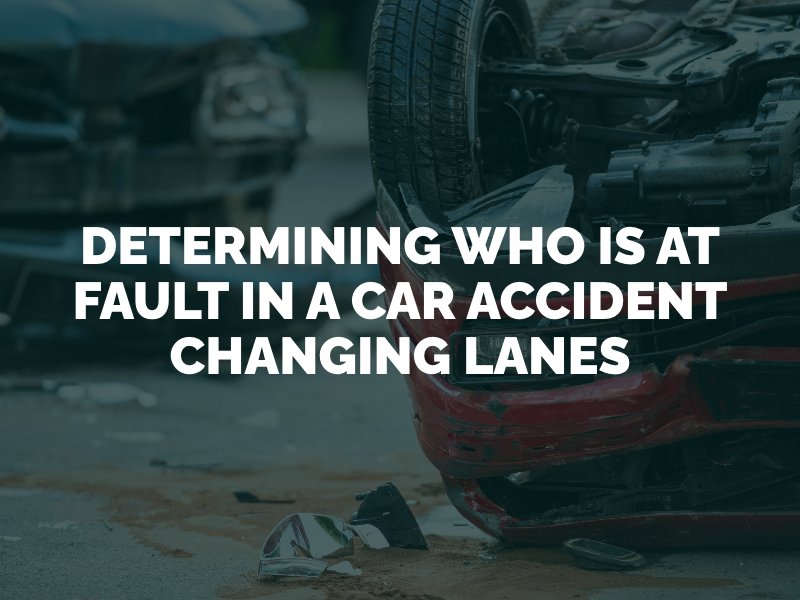Changing lanes is a risky maneuver that can lead to a devastating car accident if the driver isn’t careful. Unfortunately, not all drivers are careful or prudent when changing lanes. Even if you are the driver changing lanes, other drivers must be aware of your vehicle and adjust their driving accordingly. If you have been injured in a car accident while changing lanes, find out who is at fault and responsible for paying.

It is important for drivers to pay attention and operate their vehicles safely when changing lanes. A single mistake or an instance of inattention could lead to a lane-change accident that causes significant injuries. Section 42-4-1007 of the Colorado Revised Statutes says that a driver should remain entirely within a single lane and shall not move from the lane until it has been ascertained that the movement can be made safely.
According to the most recent version of the Colorado Driver Handbook, the following steps should be taken when attempting to change lanes:
Accidents while changing lanes are often traced back to driver error. If a driver skips any of these steps or violates a traffic law while changing lanes, he or she could be at fault for an accident. Common examples include speeding, following too closely, reckless driving, weaving in and out of traffic, drifting into other lanes, drowsy driving, and driving under the influence.
Lane-change accidents can lead to complicated car accident claims. It can be difficult to determine liability for this type of crash, especially if two drivers were changing lanes simultaneously when they collided. In general, liability will go to the driver or drivers that broke a roadway rule, acted negligently or failed to yield leading up to the collision. If you have questions about your case, speak with an experienced motor vehicle accident attorney in Denver.
For example, if a driver failed to signal his or her intent to change lanes or merged on top of another driver, the driver may be at fault. If a driver merged onto a highway or changed lanes without yielding the right-of-way, the driver may also be at fault. However, if the other driver was illegally in a place where he or she should not be or was not paying attention to the road, he or she could be held liable rather than the driver changing lanes.
Some lane-change accidents result in fault being given to both drivers. In Colorado, the comparative fault law states that if two or more parties share fault for a car accident, each party will be allocated a percentage of fault. An injured victim will only be able to recover financial compensation to the degree by which the other party or parties were at fault, and only up to a limit of 50 percent.
No, Colorado is not a no-fault state. Determining fault is required before you can file a car insurance claim, as the claim will go through the insurance carrier of the at-fault party. In a no-fault state, on the other hand, drivers claim benefits from their own car insurance providers, regardless of who is at fault for the lane-change accident. In Colorado, you have the right to seek financial compensation from the at-fault driver. It will be up to you or your Denver personal injury attorney, however, to prove that the other driver was at fault.